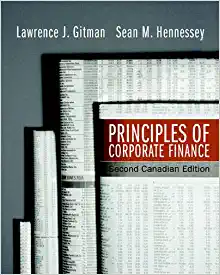Question
Company X has a three-component capital structure: a 10-year 5% bond that pays interest annually (work with a bond with a par value of $100);
Company X has a three-component capital structure: a 10-year 5% bond that pays interest annually (work with a bond with a par value of $100); a perpetual preferred stock paying an annual dividend of $10and common stock that paid a dividend this year of$1 per share.The current yield on a 10-year riskless bond is 4%, and the credit risk of Company X is such that investors demand a yield to maturity on X bonds of 2% over the riskless rate. For the preferred stock, investors demand a yield of 3% over the 30-year riskless rate (considering that preferred stocks commonly have a perpetual term, and the 30-year bond rate is commonly the longest maturing bond available), which is 6%. For the common stock, assume the required return on the stock (R) is 12%, and the forecast rate of growth of the common dividend (g) is 7% in perpetuity.
- Calculate the bond price.
- Calculate the accrued interest and the price + accrued interest.Assume the next interest payment occurs in 9 months.
- Calculate the price of the preferred stock (remember it is a perpetual instrument).
- Using the Dividend Discount Model, calculate the common stock price.
Finally, in a brief discussion, analyse the reliability of the dividend discount model, specifically identifying those situations in which the results may be misleading, or the model is not applicable.
Step by Step Solution
There are 3 Steps involved in it
Step: 1

Get Instant Access to Expert-Tailored Solutions
See step-by-step solutions with expert insights and AI powered tools for academic success
Step: 2

Step: 3

Ace Your Homework with AI
Get the answers you need in no time with our AI-driven, step-by-step assistance
Get Started


